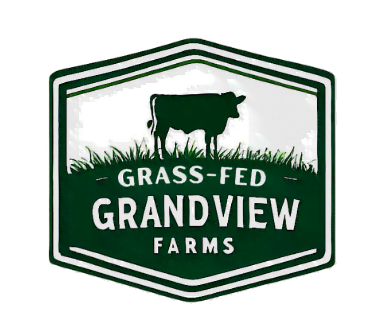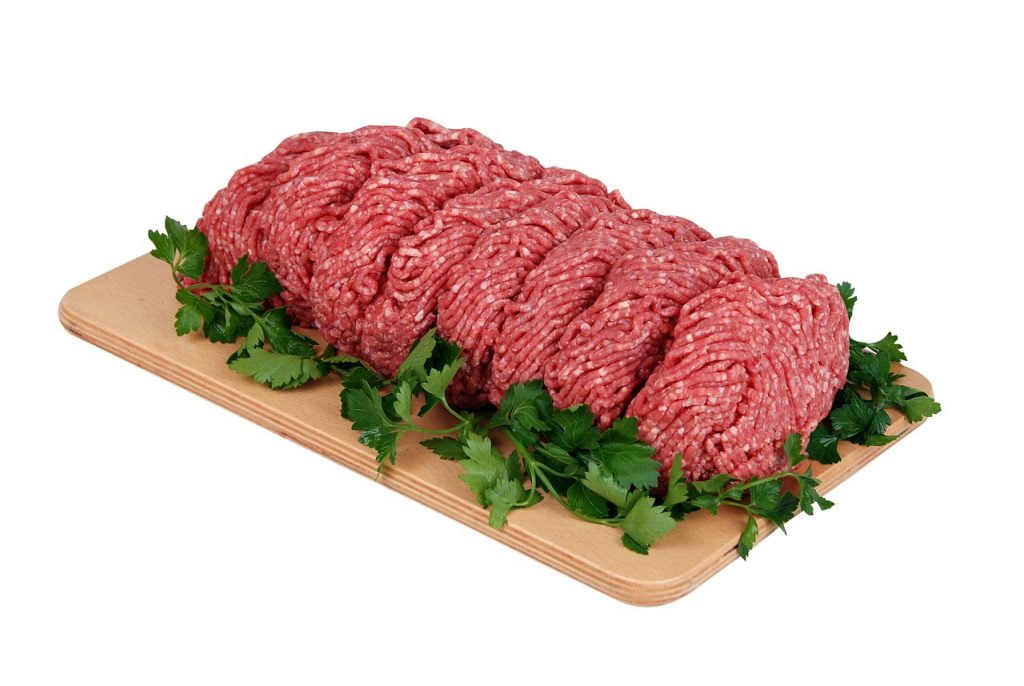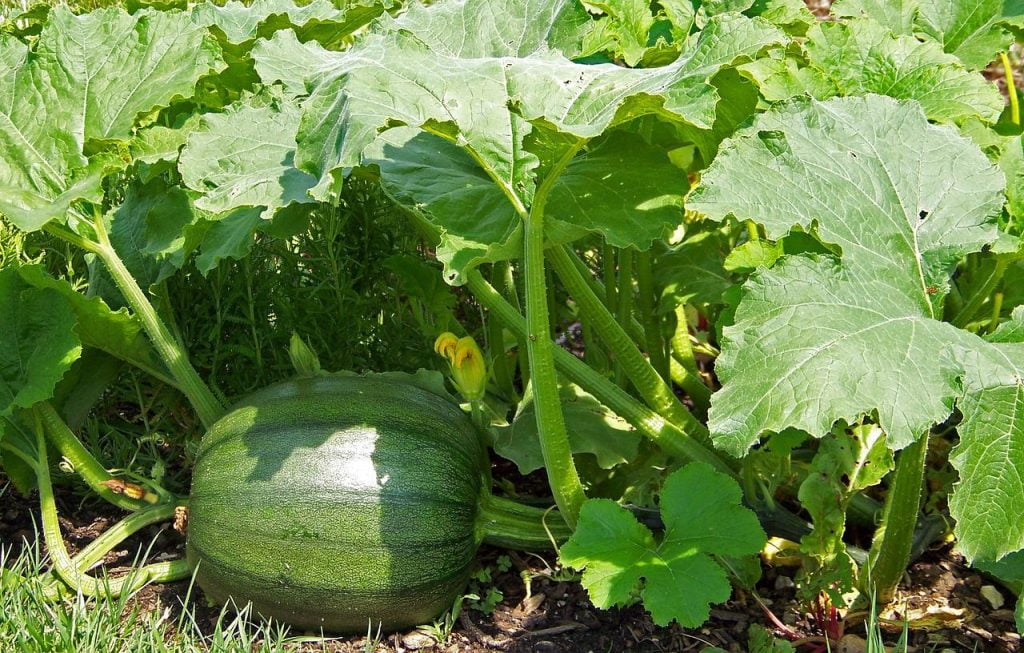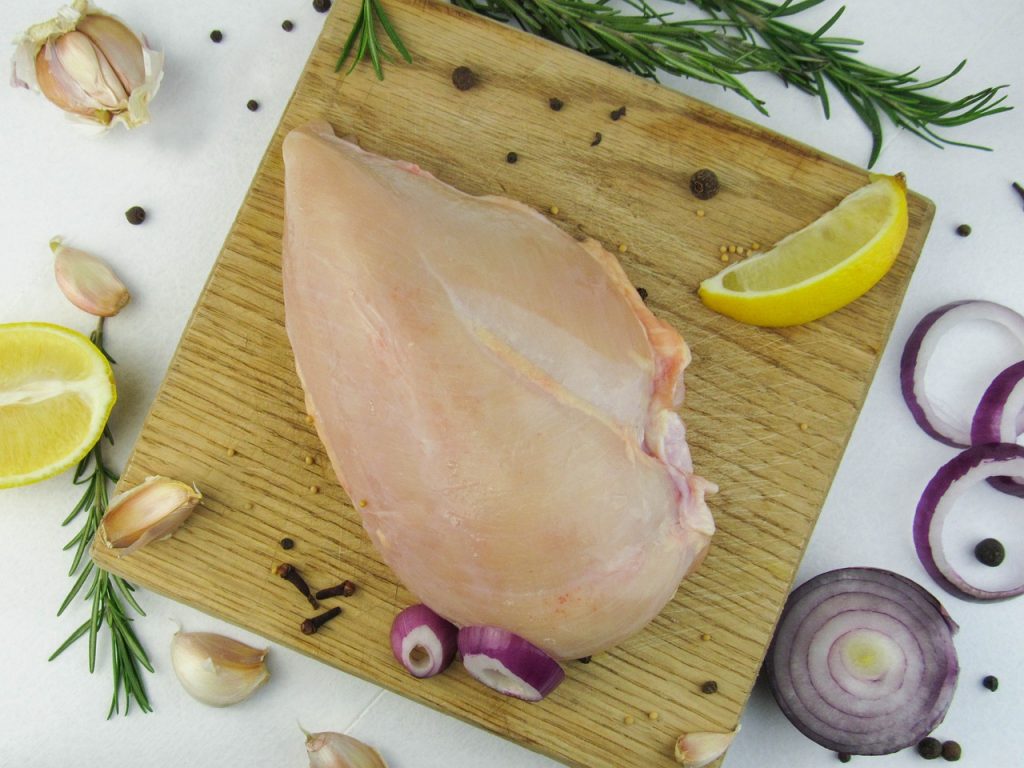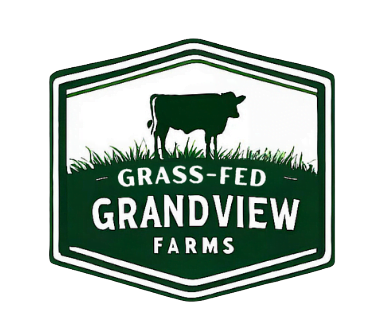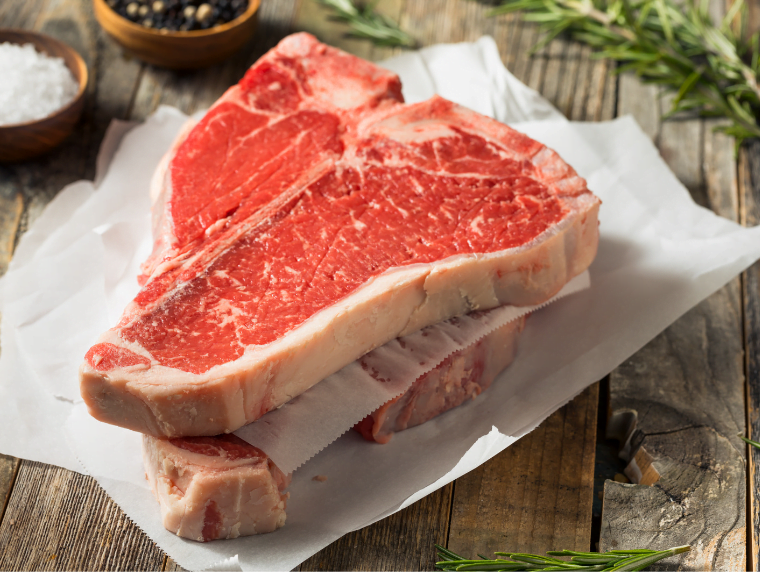
Ah, the T-bone steak – a legendary cut, its marbled brilliance a canvas for the searing kiss of a fire-kissed pan, its prehistoric bone a badge of carnivorous honor. But when it comes to grass-fed T-bones, the question isn’t just “medium-rare or blue?” but also “Are my taste buds worth the T-bone steak price tag?”
Fear not, beefy brethren! This meaty meandering through the world of grass-fed T-bones will not only tantalize your taste buds with juicy details but also unravel the mysteries of the moo-la. So, grab a napkin (because things are about to get drool-worthy) and settle in for a journey from rolling Pennsylvania pastures to your sizzling plate.
Symphony of Flavor: Nature’s Bounty on a Bone
Grass-fed beef isn’t just a buzzword; it’s a commitment to quality and a symphony of deliciousness. Unlike their grain-fed cousins who spend their days in feedlots, these bovine beauties roam verdant Pennsylvania pastures, feasting on a diverse buffet of grasses, legumes, and herbs. This natural diet translates to a taste bud tango:
Richer Flavor: Forget the blandness of grain-fed beef. Grass-fed T-bones boast a deeper, nuttier taste with hints of umami, thanks to higher levels of conjugated linoleic acid (CLA) and other good fats. Studies show that CLA is linked to numerous health benefits, like reducing inflammation and boosting immunity. (Link to study on CLA health benefits)
Better Nutrition: One serving of grass-fed beef packs a protein punch while being leaner than grain-fed options. It’s also a natural source of vitamins A, E, and B12, along with omega-3 fatty acids. Research suggests that grass-fed beef contains up to 50% more omega-3s than grain-fed beef, supporting heart health and cognitive function. (Link to study on omega-3 content in grass-fed beef)
Happy Cows, Happy Planet: Grass-fed farming promotes soil health, reduces greenhouse gas emissions, and gives our four-legged friends a lifeless confined. According to the Environmental Working Group, grass-fed cattle ranching can sequester carbon dioxide from the atmosphere, mitigating climate change. (Link to EWG report on carbon sequestration in grass-fed cattle)
The Moo-la Maze: Why the T-Bone Steak Price Hike?
Let’s be honest, grass-fed T-bones don’t come with a budget-friendly price tag. But before you cry foul, consider the economics behind the moo-lah:
Land and Time: Raising cattle the grass-fed way requires more land and time. Cows grow naturally, grazing instead of gorging on grain to fatten up quickly. This means smaller herds and slower production, impacting the T-bone steak price.
Demand and Supply: As the demand for grass-fed beef increases, the supply remains limited, pushing prices up due to the scarcity factor. According to the USDA, grass-fed beef accounts for only about 2% of all beef production in the U.S. (Link to USDA data on grass-fed beef production)
Processing and Distribution: Smaller, independent farms often lack the economies of scale of large feedlots, leading to higher processing and distribution costs, reflected in the T-bone steak price.
But Wait, There’s More to the Moo-lah than Meets the Eye!
The T-bone steak price, while initially eyebrow-raising, doesn’t tell the whole story. Here’s why that grass-fed steak might be worth every penny:
Quality over Quantity: You’re not just paying for meat; you’re paying for superior flavor, better nutrition, and the ethical satisfaction of supporting sustainable farming practices. Think of it as an investment in your well-being.
Less is More: Due to its inherent richness, you can savor a smaller portion of grass-fed beef and feel just as satisfied, potentially stretching your dollar further. Research shows that people consume less grass-fed beef per meal compared to grain-fed beef, potentially offsetting the higher T-bone steak price. (Link to study on satiety of grass-fed vs. grain-fed beef)
Investing in Your Health: Think of the higher T-bone steak price as an investment in your well-being. Grass-fed beef is lower in saturated fat and cholesterol, making it a heart-healthy choice. Studies suggest that consuming grass-fed beef can improve blood cholesterol levels and reduce the risk of heart disease. (Link to : study on heart health benefits of grass-fed beef)
Fun Food Fact: The T-bone steak gets its iconic name from the T-shaped bone that separates the New York strip steak from the filet mignon. Talk about getting the best of both worlds in one delicious bite!
Pennsylvania Pastures to Your Plate: Making the Most of Your T-Bone
So, you’ve brought home the holy grail of steaks. Now what? Here are some tips to maximize your grass-fed T-bone experience and truly justify the T-bone steak price:
Seasoning is Key: Keep it simple with just salt, pepper, and maybe a drizzle of olive oil. The inherent flavor of the meat doesn’t need much to shine. Embrace the natural symphony of taste!
Cooking Methods: Opt for high heat, like grilling or searing in a cast-iron skillet, to lock in the juices and achieve that perfect caramelization. Let the sizzle be your guide!
Let it Rest: After cooking, let your steak rest for a few minutes to allow the juices to redistribute. This ensures a tender and flavorful bite, making every penny of the T-bone steak price worthwhile.
The Final Cut: Worth the Moo-lah or Moo-ving On?
The decision of whether a grass-fed T-bone is worth the T-bone steak price is personal. But if you’re looking for an experience that transcends mere sustenance, a symphony of flavor that celebrates nature’s bounty, and a commitment to ethical and sustainable practices, then I urge you to take the plunge. Savor that first bite, let the rich, nuanced flavors wash over you, and remember: you’re not just indulging your taste buds, you’re supporting a healthier planet and happier cows. And that, my friends, is a price tag worth moo-ving over for.
Grass-Fed T-Bone Adventures :
Your grass-fed journey doesn’t have to end with the last sizzle on your skillet. Here are some ways to extend the experience and truly feel the value of the T-bone steak price:
Visit a Pennsylvania Grass-Fed Farm: Witness firsthand the idyllic life of pasture-raised cattle and learn about the dedication behind your delicious dinner. Many farms offer tours and educational programs, putting a face to the T-bone steak price.
Support Local Butchers: Ditch the supermarket and source your grass-fed meats from local butchers. They not only offer expert advice on selection and preparation but also connect you directly to the farmers who raised the animals, adding a personal touch to the T-bone steak price.
Get Creative in the Kitchen: Grass-fed beef isn’t just for grilling. Experiment with slow-cooking for pulled beef sandwiches, grind it for juicy burgers or whip up gourmet beef stroganoff. Show off your culinary prowess and justify the T-bone steak price in delicious ways!
Fun Food Fact: In medieval times, T-bone steaks were known as “porterhouse steaks” because they were favored by English pub porters. Talk about a historical pedigree that adds value to the T-bone steak price!
The Bottom Line: A Flavorful Investment in Quality and Sustainability
Sure, a grass-fed T-bone might come with a slightly higher T-bone steak price tag. But consider it an investment in quality, taste, and the well-being of both your body and the planet. Every bite is a celebration of sustainable farming, ethical practices, and the sheer deliciousness of nature’s bounty. So, the next time you’re craving a steak, remember that the T-bone steak price isn’t just for meat; it’s for a whole pasture-to-plate experience that will leave your taste buds singing and your conscience clear.
Don’t forget to check out our website for a directory of Pennsylvania grass-fed farms, recipes, and tips for cooking the perfect T-bone steak! We’re passionate about sharing the joys of grass-fed beef and the value it brings, beyond the T-bone steak price.
Thank you for reading blogs from Grandviewfarms.
You may also like:
Ultimate Crunch, Ultimate Cheese: The Bacon and Cheddar Burger is the King of the Grill
Get Grilling! Summer Sides with Braised Short Ribs: A Symphony of Taste
Global Eats: Corned Beef Eye Round – A Savory Passport Stamp in Every Bite
